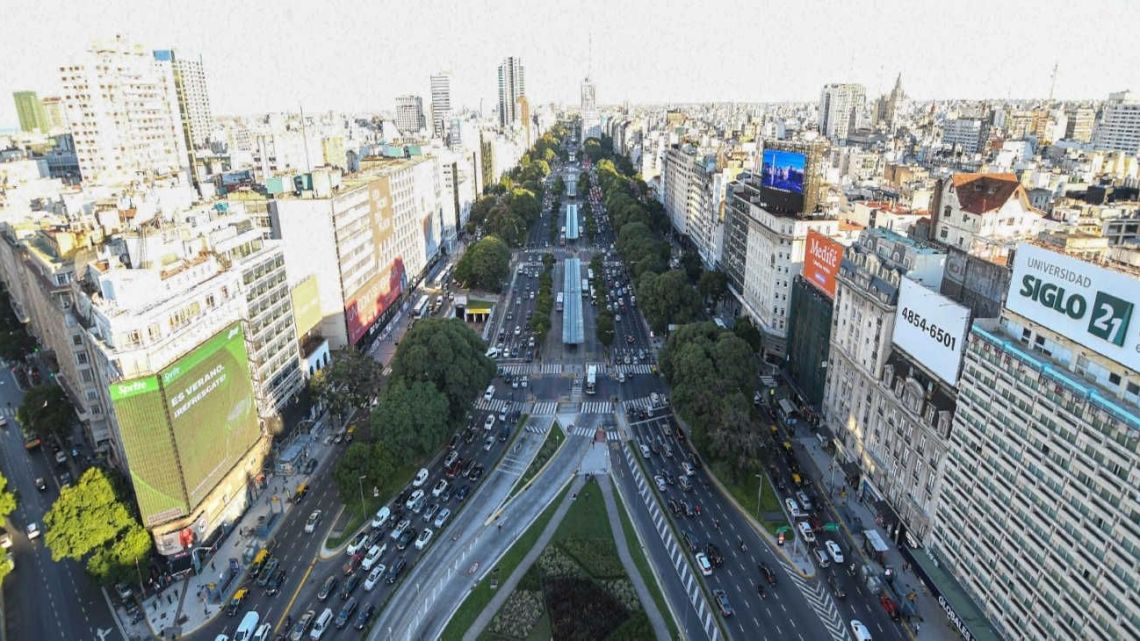
in a conversation with Channel Ereal estate developer sebastian orlandi He asserted that the real estate market is showing signs of recovery, driven by mortgage lending and private business, although he cautioned that growth is uneven between different districts of Buenos Aires.
Market recovery and mortgage credit
According to orlandi,”September was a very good month in both the Province of Buenos Aires and the City of Buenos Aires”, the businessman stressed that there are more than 14,000 properties registered in the state and more than 7,000 properties in CABA.This represents a growth of 30% to 40% compared to the previous year.”, reflecting a steady recovery.
Mortgage credit, which had been absent for years, re-energized the market. “In CABA, between 1,500 and 1,600 of these 7,000 deeds were foreclosed, and more than 2,000 were foreclosed in the state.” he elaborated. orlandiEmphatically, “These operations did not previously exist at the Argentine levelHowever, he cautioned that we will have to wait for the next few months to gauge the political influence on the evolution of the work.
The developer explains the price as follows:The value is increasing because supply and demand are in balance.“A few years ago we had 48 months of inventory, but now that number has come down to about 24 months, and we are seeing available inventory being absorbed faster.”Construction costs are much higher than they were two years ago.” he added.
Territorial inequality and the rise of civilian labor
orlandi He pointed out that the lack of public works has affected the sector across the board.Cement shipments decreased by almost 28% due to the absence of public works projects, but this year “shipments increased by 8 to 9% due to the impact of private projects.””.
The developer explained that the problem lies in where it is built.Today, while what we need is accessible housing, more private work is occurring in upper class and upper class neighborhoods.Orlandi said construction costs are similar in all regions, but developers choose areas with more purchasing power.
He also highlighted urban planning efforts:A new city ordinance seeks to encourage projects in the city’s southern areas with space awards in the northern areas.”, butFor the same construction cost, developers prefer to build where demand already exists.”.
He cited Retiro, Barrio Norte, Nuñez, Villa Urquiza and Devoto as the most active areas, while the southern region remains less active. for orlandithe challenge is to continue development and expand housing supply for these areas.
However, it also highlighted a global trend towards the decentralization of work and urban life. “Today it is possible to work from home. We have offices in Nuñez, Belgrano, Vila Urquiza, Devoto, Paternal…The centers are decentralized“This change is increasing the demand for neighborhoods where residents can solve their daily lives close to home,” he explained.People want to live in a place where everything is within 15 minutes: schools, clinics, supermarkets, a good environment.”.



